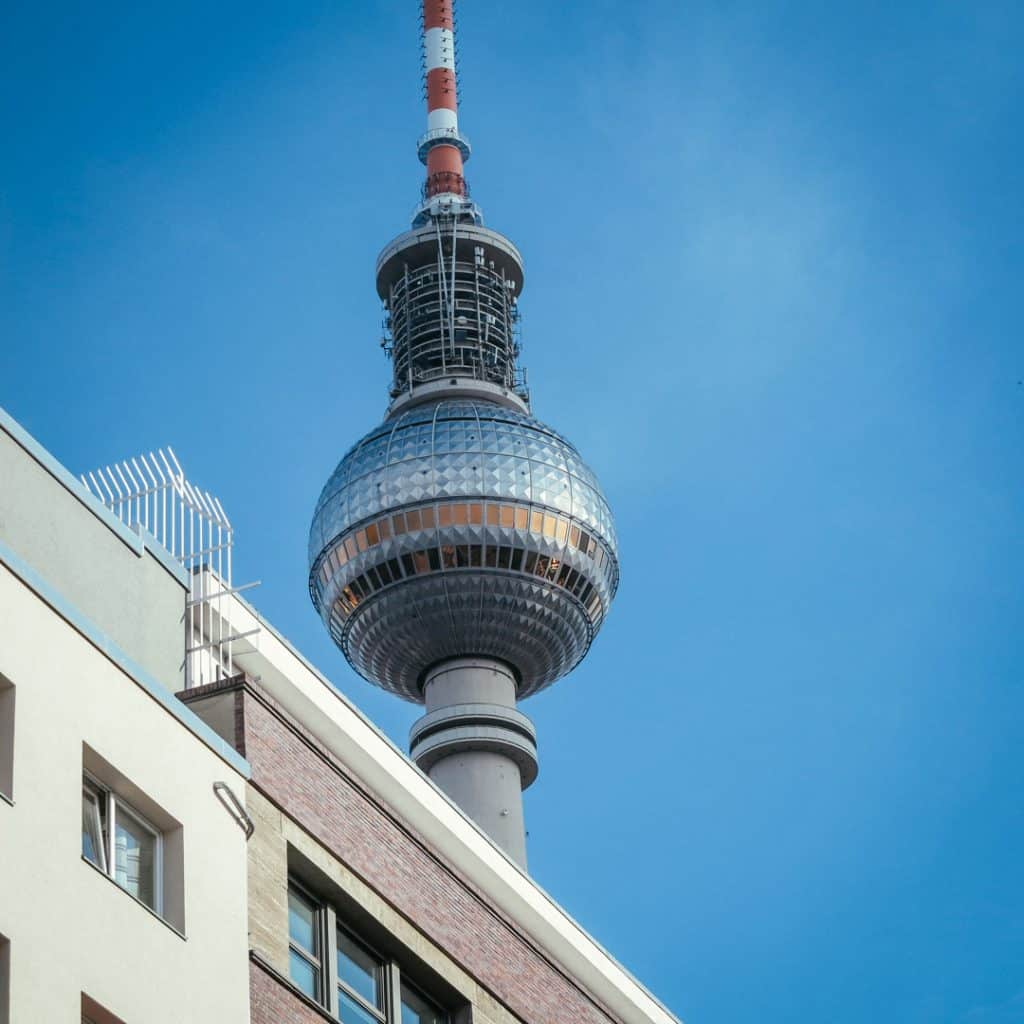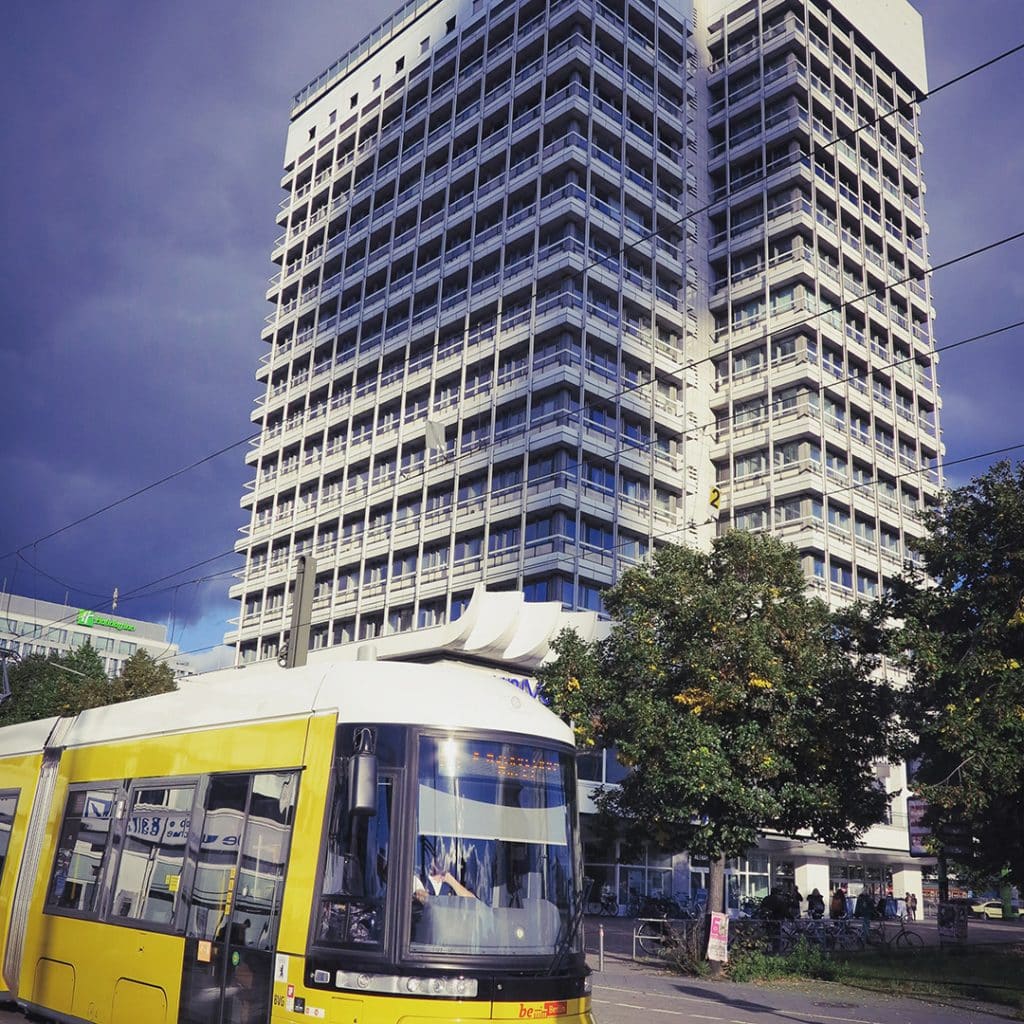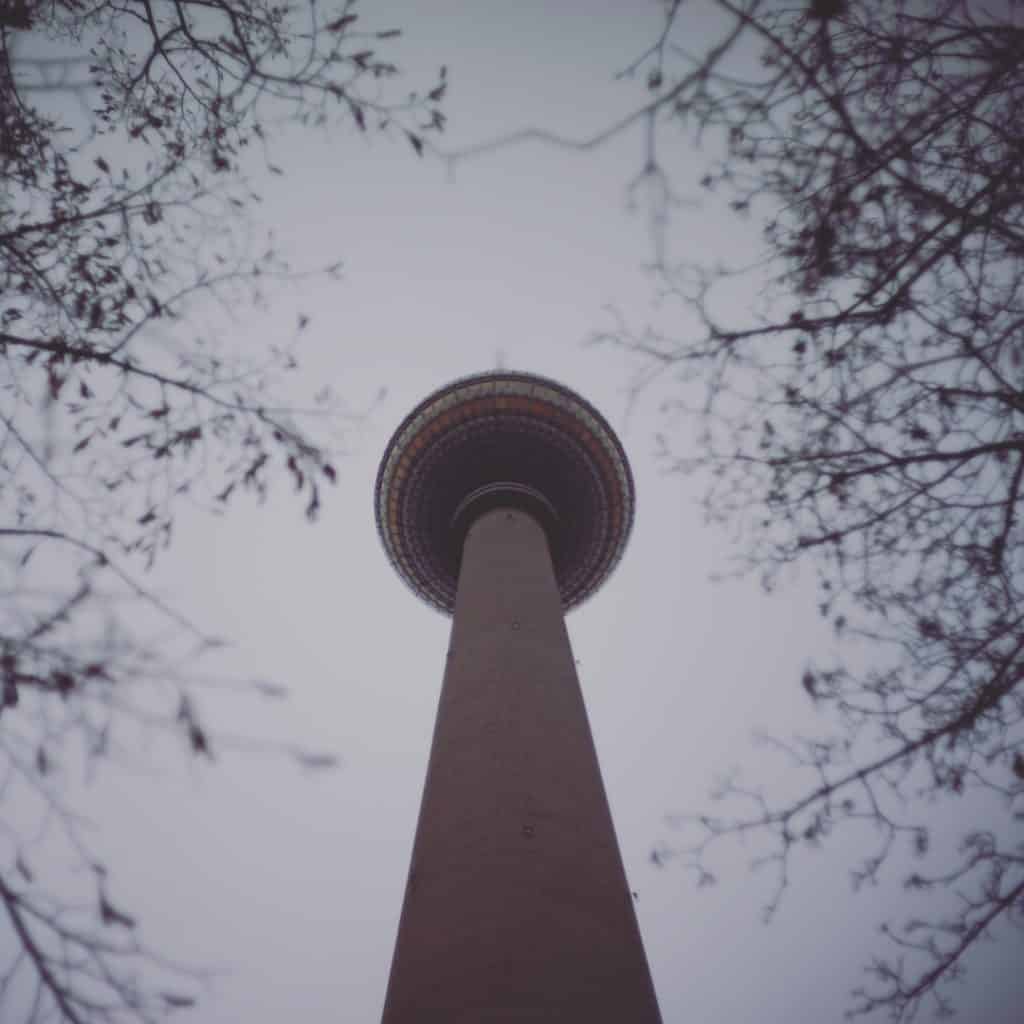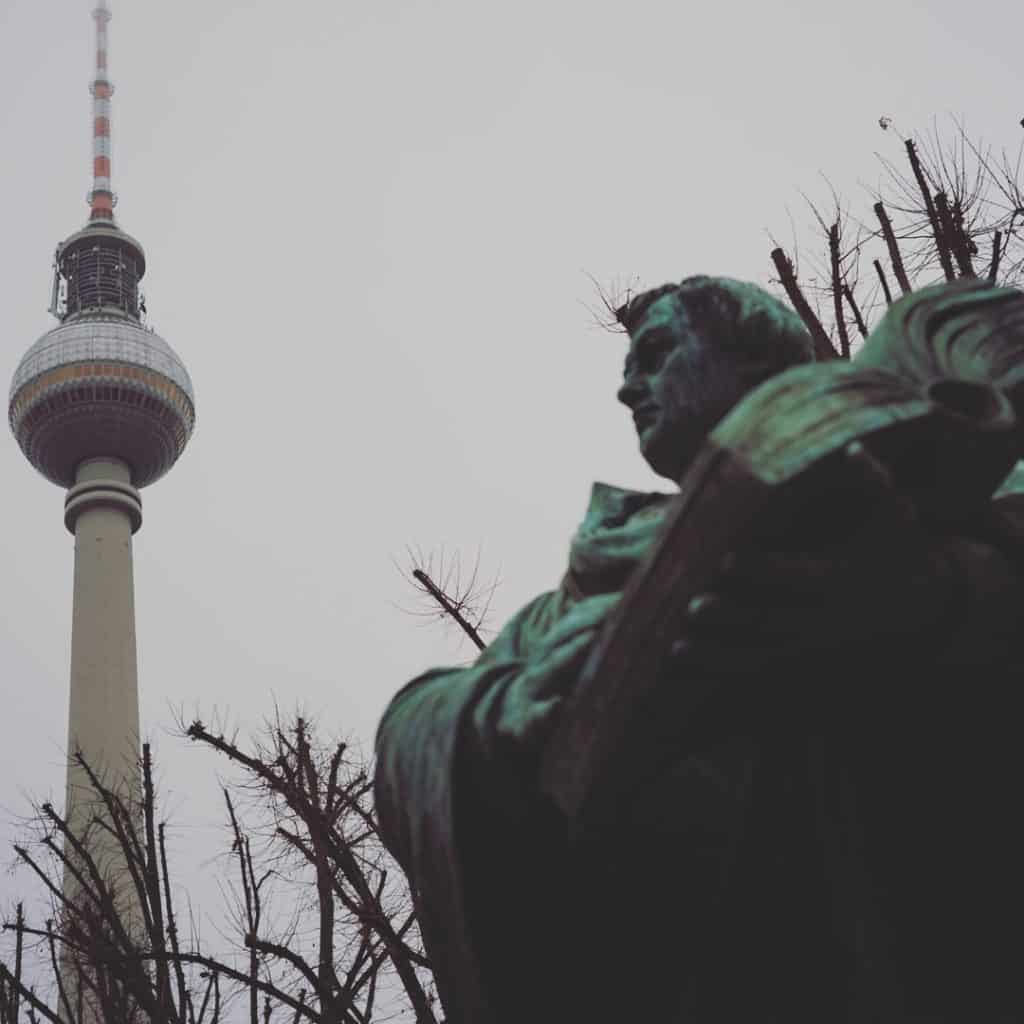


When the TV Tower was completed in 1969, the East German government would have to deal with one unintended consequence of the tower's ball - the reflective glass would catch the rays of the sun and split to form a cross, or crucifix. Something that locals would comically refer to as the 'Pope's Revenge' due to the country's anti-religious stance.


Some useful links: